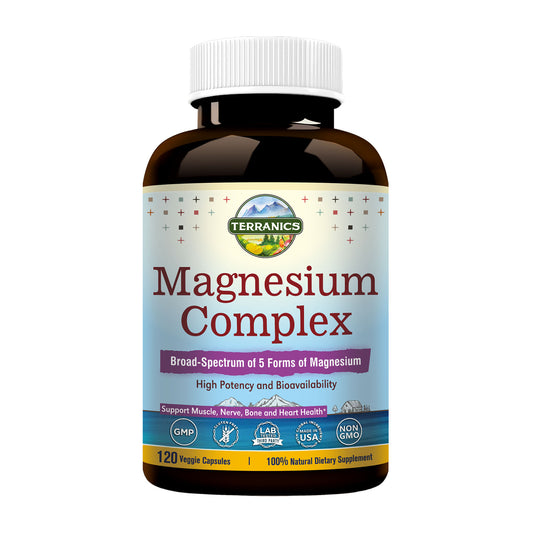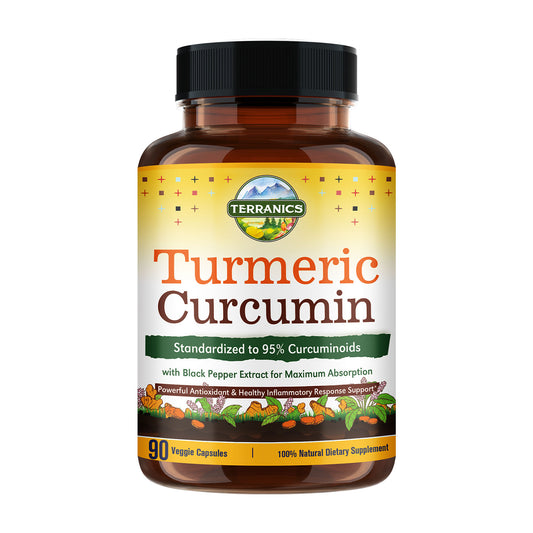
Shin splints can be a frustrating and debilitating condition that affects numerous athletes and fitness enthusiasts. The sharp pain along the front of the lower leg can hinder your exercise routine and dampen your enthusiasm. However, with the right approach and a comprehensive set of strategies, you can bid farewell to shin splints and reclaim pain-free exercise. In this guide, we will delve deeper into the causes of shin splints, provide practical tips to prevent and treat this common ailment, and explore additional measures for a well-rounded approach to shin splint management.
Understanding Shin Splints:
Definition and Symptoms:
Shin splints, medically known as medial tibial stress syndrome, refers to the inflammation of the muscles, tendons, and bone tissue surrounding the shinbone (tibia). It commonly occurs due to repetitive stress on the lower leg during activities such as running, jumping, or dancing. The primary symptom is a sharp, localized pain along the front of the lower leg.
Causes of Shin Splints:
To fully understand shin splints, it is important to explore the underlying causes. The condition often arises from a combination of factors, including overuse, improper footwear, sudden changes in exercise intensity, biomechanical imbalances, and anatomical factors such as flat feet or high arches. Understanding these causes will help in implementing effective prevention and treatment strategies.
Prevention of Shin Splints:
Gradual Progression and Training Principles:
Gradually increasing the intensity and duration of your workouts is crucial in preventing shin splints. We will delve into the principles of progressive overload and the importance of rest and recovery in maintaining optimal training progression.
Proper Footwear Selection:
Investing in appropriate athletic shoes that provide adequate cushioning, stability, and support is essential for preventing shin splints. We will discuss the key factors to consider when choosing the right footwear and provide tips for ensuring a proper fit.
Cross-Training and Low-Impact Exercises:
Incorporating cross-training and low-impact exercises into your routine can help reduce the repetitive stress on your shins while maintaining overall fitness. We will explore various cross-training options, such as swimming, cycling, and strength training, and how they can contribute to shin splint prevention.
Surface Selection and Impact Mitigation:
The choice of exercise surface plays a significant role in preventing shin splints. We will discuss the pros and cons of different surfaces and provide recommendations for selecting the most suitable options to minimize impact on your lower legs.
Warm-up and Cool-down:

Importance of Warm-up:
A proper warm-up routine is essential for preparing your muscles and joints for the upcoming exercise. We will outline the components of an effective warm-up and provide specific warm-up exercises targeting the lower leg muscles.
Cool-down and Post-Exercise Recovery:
A cool-down routine after exercise helps gradually return your body to a resting state and aids in the recovery process. We will discuss the benefits of cooling down and provide strategies for effective post-exercise recovery, including static stretches, foam rolling, and other self-care techniques.
Strengthening and Stretching Exercises:

Calf Strengthening:
Strong calf muscles contribute to overall lower leg stability and can help alleviate shin splint pain. We will provide a range of exercises, such as calf raises, heel drops, and eccentric training, to target and strengthen the calf muscles.
Shin Stretches and Flexibility Exercises:
Improving flexibility in the muscles surrounding the shin can help prevent shin splints. We will demonstrate various stretching exercises, including kneeling shin stretches, toe flexor stretches, and ankle dorsiflexion stretches, to enhance flexibility and reduce tightness.
Ankle Mobility and Stability Exercises:
Poor ankle mobility and stability can contribute to the development of shin splints. We will introduce exercises such as ankle circles, alphabet writing with your toes, single-leg balance exercises, and proprioceptive training to improve ankle strength, range of motion, and overall stability.
Rest and Recovery:
Recognizing the Need for Rest:
If you experience shin splint pain, it's crucial to listen to your body and allow ample time for rest and recovery. We will discuss the importance of recognizing the signs of overuse and implementing appropriate rest periods to avoid exacerbating the condition.
Active Recovery and Rehabilitation Strategies:
During the recovery phase, engaging in active recovery techniques can promote healing and prevent future occurrences. We will explore strategies such as low-impact exercises, aquatic therapy, and cross-training modalities to maintain fitness levels while allowing the shins to heal.
Seeking Professional Help:
In severe or persistent cases, it may be necessary to consult a healthcare professional. We will discuss when and how to seek medical advice, as well as the potential treatment options available, including physical therapy, orthotics, and other interventions.
Conclusion
Shin splints can significantly impact your exercise routine, but with a comprehensive approach, you can overcome this condition and continue pursuing your fitness goals without pain. By understanding the causes of shin splints and implementing preventive measures such as gradual progression, proper footwear, cross-training, and surface selection, you can significantly reduce the risk of developing shin splints. Additionally, incorporating warm-up and cool-down routines, along with specific strengthening and stretching exercises for the calves, shins, and ankles, will contribute to improved lower leg stability and flexibility.
Remember to prioritize rest and recovery when needed, as this is crucial for allowing your body to heal and prevent further damage. By recognizing the signs of overuse and implementing active recovery techniques, you can maintain your fitness levels while supporting the healing process. However, if shin splint pain persists or worsens, seeking professional help from a healthcare provider or physical therapist is advised for a comprehensive evaluation and tailored treatment plan.
With the strategies and knowledge shared in this comprehensive guide, you now have the tools to say goodbye to shin splints and embrace pain-free exercise. By taking proactive steps to prevent shin splints, listening to your body, and implementing proper recovery techniques, you can enjoy your workouts without the hindrance of shin splint pain. Stay consistent, be patient, and always prioritize the health and well-being of your body. Here's to a future filled with pain-free exercise and reaching new fitness milestones!




